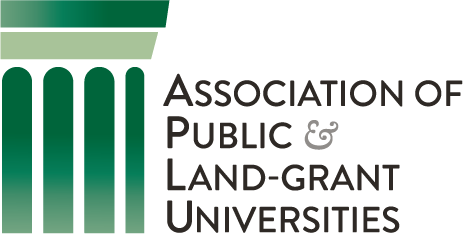Address the Dual Burdens of Undernutrition and Obesity to Ensure Full Human Potential

According to the FAO, “food insecurity exists when people do not have adequate physical, social or economic access to food.” A broader definition of food security reads: “food security exists when all people, at all times, have physical, social and economic access to sufficient, safe and nutritious food which meets their dietary needs and food preferences for an active and healthy life.” Food insecurity creates hunger, undernutrition, and higher risk of “overnutrition”—or, unbalanced nutrition with excessive caloric intake—leading to increased incidence of all forms of malnutrition. Consequently, food insecurity profoundly affects nutritional status as well as health, social, and economic outcomes.
Many argue that what people eat is a personal choice and that consumer demand, including their culinary preferences, dictates much of what is produced. A more nuanced perspective suggests that demand can be shaped by many forces. Within the framework of the definition of food security, access and utilization are linked. The relationship between access and utilization is key to defining demand, which, in turn, affects production. Therefore, the science of nutrition must be integrated with components of access, utilization, and human behavior to comprehensively address the issues of over and undernutrition domestically and globally.
What individuals eat impacts society. At the individual level, one’s diet early in life sets the trajectory for cognitive and physical development that affects their productivity, health, and wellbeing throughout their lifetime.106 The costs of malnutrition are staggering and reflect a growing double burden of both under and overnutrition. Recent reports on U.S. death rates show an increase for the first time since 1993, the vast majority of this increase is due to chronic disease, much of which is related to diet.
The underlying goal in these challenges presented below is to improve the integration of discovery, engagement, and learning to better evaluate and understand the food needs and nutrition gaps of specific populations, as well as plan and deliver more effective interventions to improve both food and nutrition security.
The Pathway to Meeting the Challenge
- Integrate resources through partnerships to understand the food and nutrition needs of populations and deliver scale-appropriate accessible, acceptable, and sustainable solutions to ensure nutritious diets.
- Use systems thinking to perform public engagement and outreach that encourages the consumption of healthy foods, which is further informed by inter-connections among sociocultural, behavioral, and other determinants of food choice, as well as food systems constraints.



Stay Connected
X (formerly Twitter)
Facebook
YouTube
LinkedIn
RSS